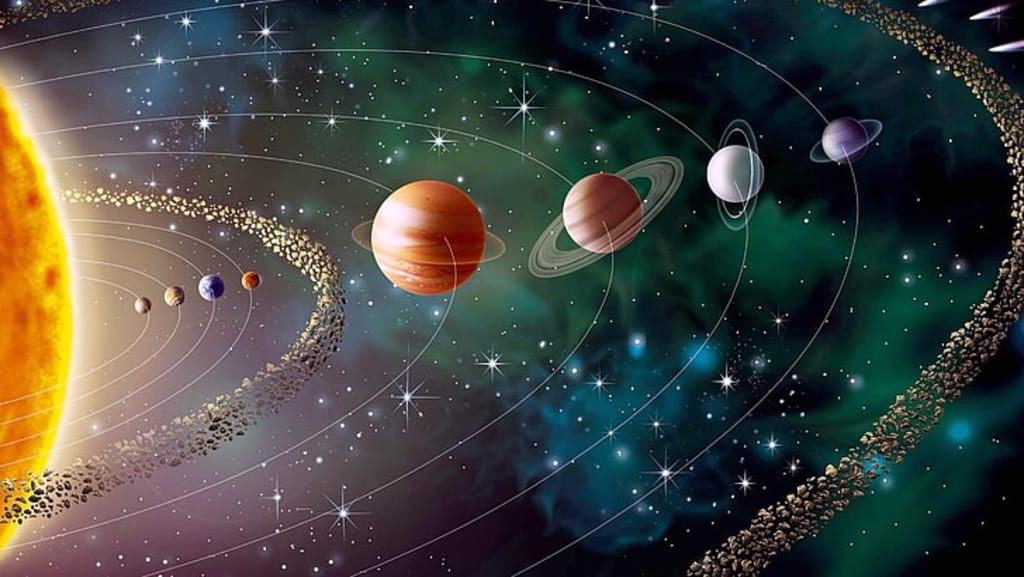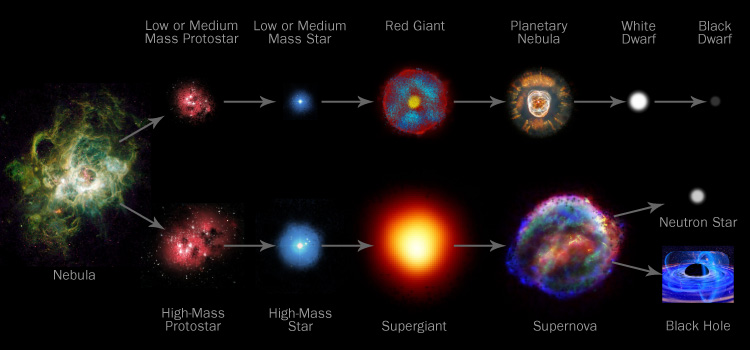Exploring the Stars: A Journey Through the Cosmos
What Are Stars?
Stars are massive, luminous spheres of plasma held together by gravity. They generate energy through nuclear fusion, a process that occurs in their cores, where hydrogen atoms fuse to form helium, releasing an immense amount of energy in the form of light and heat. This energy is what makes stars shine and provides the light that illuminates our night sky.
The Life Cycle of Stars
Stars undergo a fascinating life cycle that can be divided into several stages:
Stellar Formation:
- Stars begin their lives in nebulae, vast clouds of gas and dust. Under the influence of gravity, regions within these clouds collapse, forming protostars. As the protostar gathers mass, its core temperature rises, eventually igniting nuclear fusion.
Main Sequence:
- Once nuclear fusion begins, a star enters the main sequence phase, where it spends the majority of its life. During this time, it fuses hydrogen into helium, maintaining a delicate balance between gravitational collapse and the outward pressure from fusion. Our Sun is currently in this phase.
Red Giant Phase:
- As a star exhausts its hydrogen fuel, it expands into a red giant. In this phase, the core contracts, and the outer layers cool and redden. For stars like our Sun, this phase will eventually lead to the shedding of outer layers, creating a planetary nebula.
Final Stages:
- The fate of a star depends on its mass. Smaller stars, like the Sun, will become white dwarfs, while massive stars will undergo supernova explosions, leaving behind neutron stars or black holes.
Types of Stars
Stars come in various types, each with unique characteristics:
Main Sequence Stars:
- These stars, including our Sun, are in the stable phase of their life cycle. They vary in size, temperature, and brightness, classified by the Hertzsprung-Russell diagram.
Red Giants:
- These stars are in the later stages of their life cycle, characterized by their large size and reddish . They are cooler than main sequence stars but much more luminous.
Supergiants:
- The largest stars in the universe, supergiants can be hundreds of times larger than the Sun. They are short-lived and often end their lives in spectacular supernova explosions.
White Dwarfs:
- These remnants of low to medium-mass stars are incredibly dense and hot but no longer undergo fusion. They gradually cool over billions of years.
Neutron Stars and Black Holes:
- The remnants of massive stars, neutron stars are incredibly dense, while black holes are regions of spacetime with gravitational pulls so strong that nothing, not even light, can escape.
The Importance of Stars
Stars play a crucial role in the universe for several reasons:
Chemical Enrichment:
- Stars are responsible for the synthesis of heavy elements through nuclear fusion. When they explode as supernovae, they scatter these elements into space, enriching the interstellar medium and providing the building blocks for new stars, planets, and even life.
Guiding Navigation:
- Throughout history, stars have served as navigational aids for explorers and travelers. The North Star (Polaris) has been a reliable point of reference for navigation in the Northern Hemisphere.
Cultural Significance:
- Stars have inspired countless myths, legends, and works of art across cultures. They have been used to mark the passage of time and seasons, influencing agriculture and human activities.
Exploring Stars: Tools and Techniques
The exploration of stars has been greatly enhanced by advancements in technology and observational techniques:
Telescopes:
- Ground-based and space-based telescopes, such as the Hubble Space Telescope, have allowed astronomers to observe stars in unprecedented detail. These instruments can capture light across various wavelengths, revealing information about a star's composition, temperature, and distance.
Spectroscopy:
- By analyzing the light emitted or absorbed by stars, astronomers can determine their chemical composition, temperature, and motion. This technique has been instrumental in understanding stellar evolution and the presence of exoplanets.
Astrometry:
- This technique involves measuring the positions and movements of stars. It helps astronomers determine distances to stars and detect the gravitational influence of unseen






Comments
Post a Comment